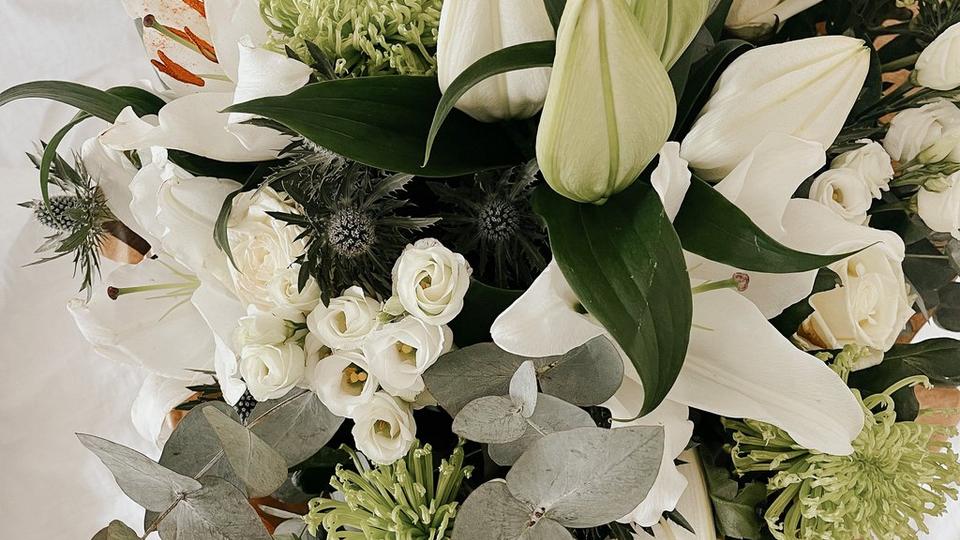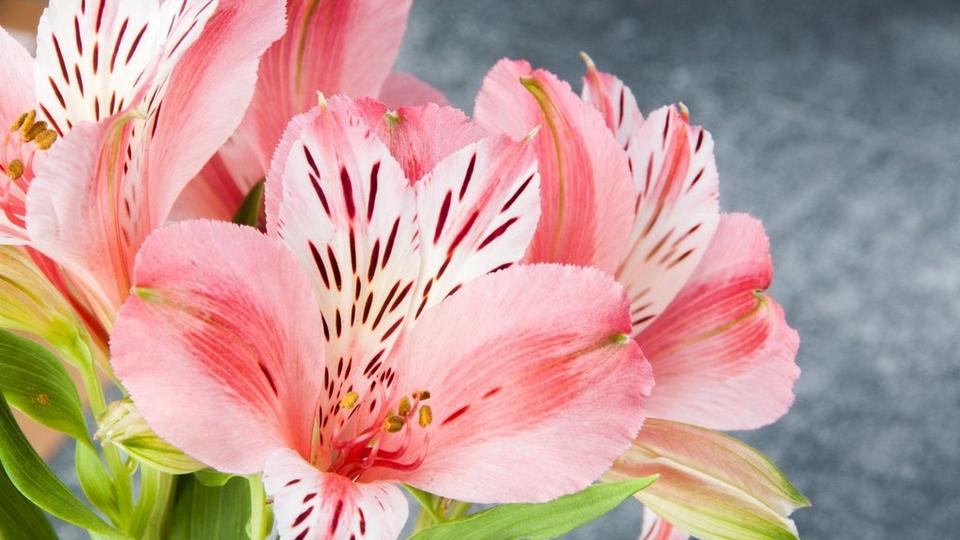- Same Day
- Occasions
- Flowers
- International
- Funeral & Sympathy
- Funeral Flowers
- Sympathy Flowers
- International Orders
- Here to Help
- Funeral Flowers
The Ultimate Guide to Amaranthus
They might not be the most well-known cut flower but wow do these tall spiky beauties make a statement. Adding rich colour and unusual fluffy texture to a bouquet, Amaranthus is a hidden gem deserving of more attention – and that’s where this guide comes in. We’ll take you through nearly all you need to know about this beautiful bloom, including what it symbolises, how to care for it and even how to craft your own bouquet featuring Amaranthus.
A quick history of Amaranthus
Amaranthus is actually the name of a genus of plants. That genus includes about 75 different species, all of which can be called Amanranthus but they’re often also called Amaranth – the names are used interchangeably. This is the botanical or scientific name, but it also goes by other common names including tassel flower, love lies bleeding, and prince’s feather.
With that many nicknames you’d be right to guess that Amaranth has been around a long time – some have claimed there’s archaeological evidence for its use around 1000 BCE! It was especially important to the Aztecs who grew it as a crop (lots of parts of it are edible and are still eaten today) and used it in rituals. Today Amaranthus is popular among gardeners the world over because of its bold colour and striking shape.
Amaranthus meaning and symbolism
Amaranthus is said to symbolise immortality most likely because it blooms for so long. In fact its name comes from the Greek ‘amárantos’ which has a few translations including ‘one that does not wither’, ‘eternal’ and ‘everlasting’. They last for ages when cut too, you can expect Amaranthus in a bouquet to last up to 12 days!
Amaranthus facts
- Various parts of Amaranth plants are edible. Its gluten free grains and seeds are used in foods like bread and pasta, and in some parts of the world the leaves are eaten too. The New York Times even has a recipe for Amaranth porridge!
- Amaranth is also the name of a colour – a distinctive light red, although Amaranth flowers can range from pink and white all the way to russet and pale green.
- Most Amaranth species are tall and each bush can contain tens of thousands of seeds.
- Día de Muertos (or Day of the Dead) celebrations in Mexico still features Amaranth. People enjoy alegrías, a kind of candy biscuit made of puffed Amaranth seeds and honey
Types of Amaranthus
Amaranthus caudatus aka love lies bleeding
Amaranthus cruentus aka red amaranth
Amaranthus tricolor aka Joseph’s coat
Amaranthus hypochondriacus aka prince’s feather
When to plant Amaranthus
If you’re sowing your seeds directly into a pot or the garden, you’ll want to do it in late spring (when it’s started to warm up a bit). Or if you want a head start you can sow them indoors earlier in the year in small trays, then harden them off (the gardening term for popping them outside during the day so they adjust to being outdoors) before planting them.
How to care for Amaranthus
If you’re growing Amaranthus in the garden it’ll need a sunny spot to replicate the climate it came from – although you don’t want it baking in the heat all day, it’ll need a bit of shade too. Most varieties will tolerate average soil, and some will even do well in poor soil. And for those without the luxury of lots of garden space, it’ll do well in a pot too.
They’re not thirsty plants so you’ll only need to water them if it’s been very dry. And don’t forget they can grow very tall so you might need to pop a stake in the ground to support them.
When does Amaranthus bloom?


How do I use Amaranthus in a bouquet?
Amaranthus can add plenty of interesting colour and texture to a bouquet, it usually trails away from the main body of the blooms beautifully. We’d recommend having a chat with your florist first if you’d like a bouquet featuring Amaranthus (or need to source some).
If you’d like to give crafting a bouquet yourself a go, make sure you cut your Amaranthus with a nice long stem (you can always trim it later). Then try using a nice tall vase to allow the Amaranthus to flow down it. Add a mix of your favourite other blooms in complimentary colours and remember – the only limit is your imagination.
Amaranthus FAQs
Is Amaranthus hard to grow?
Amaranth is fairly easy to grow as long as it’s getting the sun it needs. It’s not one that usually attracts unwanted guests (sometimes known as pests!)
Where can I buy Amaranthus?
If it’s cut blooms your after, head to your local florist. If you’re after seeds or plugs (where the seed has already been put in soil and started growing) head to a garden centre or have a look around online.
Does Amaranthus come back every year?
Amaranth is an annual, which means it’s only around for one year. However, it’s known to self seed, so you might find new plants popping up even if the others have gone on their way.



